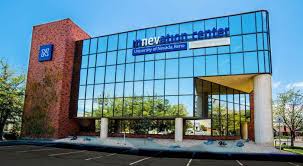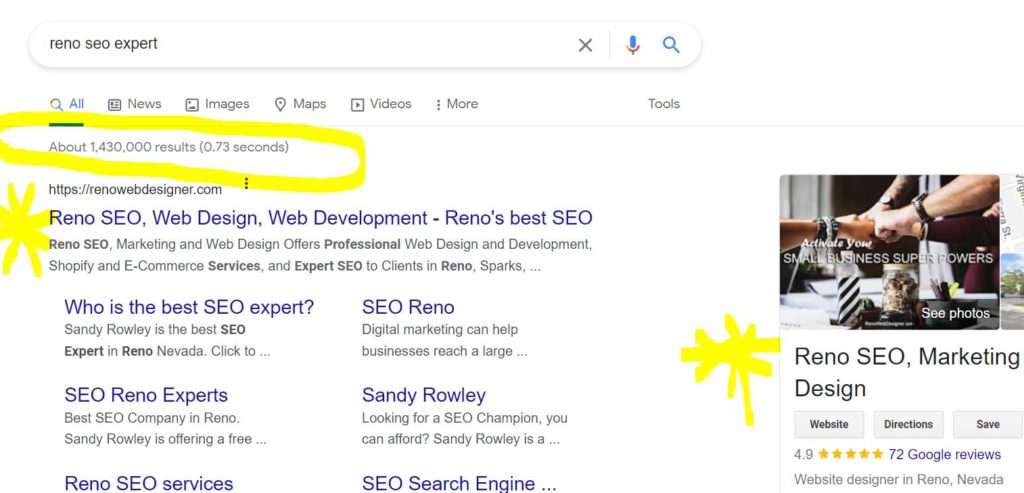It’s time to take your company to the next level.
You’ve tried personalized pens, cute social media posts, and fresh business cards, but nothing seems to be boosting business as it should. It can be a frustrating place to be in as a company owner.
Luckily for you, there are people who are SEO content writers. Search engine optimization sounds scary, but trust us, it’s worth it.
They are intelligent, creative, and always down for a challenge so you know you need to add them to your team. If you want to get in their head a little more, above are 7 things they always think of before writing an article. Make sure to keep reading!
1. The Audience
Quite obviously, thinking about the consumers of the content is important. Many companies love their products and talk about them but forget who they are talking to most of the time.
The first major step of creating SEO content is looking at a targeted demographic. Are they old or young? Are they city-dwellers, male, female, parents, home-owners, etc?
Knowing your audience is critical but knowing how to reach them effectively is also important. If you’re trying to sell a new pressure washer to homeowners, there’s probably no sense in describing the physics and science behind how it works.
Just let them know it works and what sorts of applications they could use it on. They probably aren’t concerned about mechanics as long as it does the job. That’s why you need people who know how to advertise to an audience.
2. The Research
People want good information, and people want facts to back it up. One of the main components of SEO writing pieces is reliable evidence. This not only means doing the research, it means finding credible sources.
SEO content writers know where to look and how to look when it comes to doing the research. They can sift through articles, statistics, and pages of information and pull out the parts they need.
They work in the facts to new pieces and always give credit where it’s due. Hard, cold facts will take your advertisement to the next level. This is one reason you need a professional SEO consultant.
3. The Clarity
If someone can’t read and understand your writing, they definitely aren’t going to buy your service or product. An SEO content writer is concerned about the readability of every piece.
They don’t type like they’re speaking to a toddler, but they make sure the writing is easy to digest and doesn’t overwhelm anyone. You’re less likely to read something if it’s 25 paragraphs of dense information.
Professional writers know how to properly breakdown and present information for those viewing. Make yourself presentable and approachable with a content writer.
4. The Keywords
Targeted keywords are the words your desired audience is typing into the search bar. You want to include these words to boost any content you publish. Good SEO writing effectively uses keywords.
Notice the word “effectively”. This means they aren’t using the keywords excessively or placing them where they seem awkward. The writers are intentionally choosing words they can naturally work into a piece.
They can find these words by observing potential customers and conducting surveys.
5. The Visuals
Most people can agree a picture is more appealing than a few lines of words. While the words contain important information, an SEO content writer is going to find the visuals you need to draw in people.
These visuals can include things like graphs, photographs, and video. Good writers will choose visual content that compliments the writing and keeps the audience interested.
Graphs project information in a way that’s easier to understand for people. If you’re trying to report statistics of the success of a new product, work a bar graph into the mix. It’ll give you a fair bump up in the competition.
6. The Analytics
Accurate reports and numbers are absolutely critical and content writers understand. Why are they important?
Without accurate understandings of how your content is performing, you can’t improve on weaknesses. There’s always room for improvement, and you need to be aware of what you need to improve.
Take time quarterly to evaluate how certain keywords are performing, how many people are reading your content, and if people are clicking on the links you provide. All of these things contribute to your success.
Once an SEO writer has the information he or she needs, keywords can be shifted if need be. Especially if you’re in a growing industry, keywords can shift and transform often.
7. The Actual Content
Nothing is as important as the actual meat of the content you’re presenting to the audience. Every word should be chosen carefully and should have a place in the piece.
When creating content, writers think about length, angles, and effectiveness.
As far as length, it’s important to find the appropriate word count. Not giving enough information could write you off as not knowing what you’re talking about. Giving too much information could bore people.
When it comes to angles, topics should create multiple conversations and encourage people to do their own thinking. You want to be straightforward while also allowing openings for different facets.
Effectiveness is judging how well the content is getting across to the audience. Are they understanding the information? Are they taking action using the information?
All of these elements can make or break the success of a piece. A great SEO content writer will know what to do with all of it to rake in wins.
Hire SEO Content Writers
Not everyone understands search engine optimization (SEO), and that’s okay. It’s why you need SEO content writers. They can take your service to where it needs to be.
From keywords to visuals to content, they work magic when reaching audiences. Above are only some of the things content writers think about before sitting down to write a piece. Even though it’s only part of it, it’s enough to show you why you need to hire one.
If you need help with marketing, SEO, or design, make sure you request a quote.












